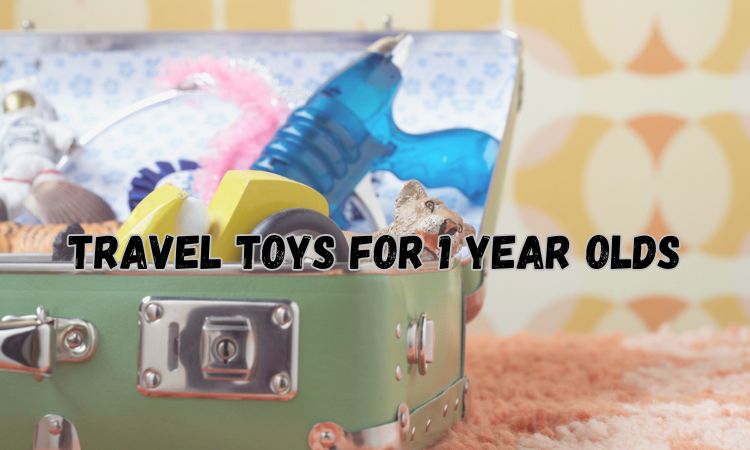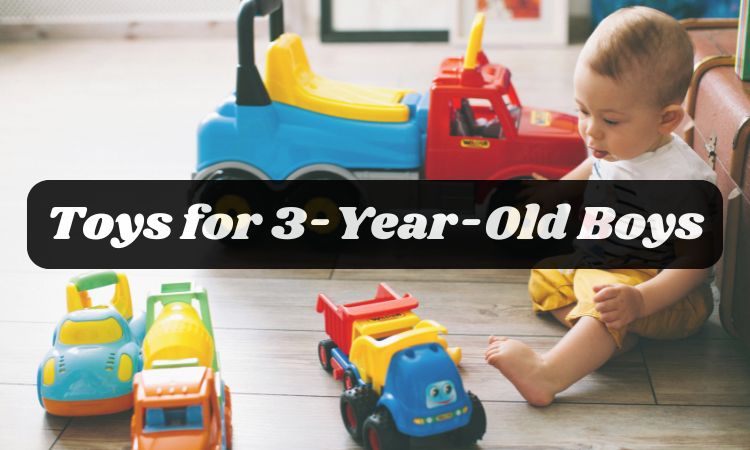One of the first things every new parent needs to learn is how to burp newborn babies. Whether you’re bottle-feeding or breastfeeding, burping helps release the air babies naturally swallow during feedings, which can otherwise cause gas, fussiness, and discomfort.
In this guide, we’ll walk you through why burping matters, when to burp a newborn, and step-by-step methods you can try—including the over-the-shoulder, upright, and tummy burp positions. We’ll also look at what to do if your little one doesn’t burp. Let’s dive in so you can feel confident in this important part of your baby care routine.

Why Do Newborns Need to Be Burped?
Newborns are still learning how to feed—and as adorable as those tiny gulps and squeaks can be, they often come with swallowed air. Every time your baby nurses or drinks from a bottle, they can take in little pockets of air along with the milk or formula. That trapped air can build up in their tummy, causing pressure and discomfort.
That’s where burping comes in. Helping your baby release that extra air through a gentle burp can ease gassiness, reduce spit-up, and prevent crankiness after feeding. It’s especially important during the early months when your baby’s digestive system is still developing.
You might be wondering, “Do breastfed newborns need to be burped?” Yes, they do—though maybe not as frequently as bottle-fed babies. Breastfed babies tend to swallow less air, but it can still happen, especially if your baby has a strong latch or gulps milk quickly.
And what happens if you don’t burp a newborn? In many cases, they may end up feeling bloated, fussy, or gassy. Some babies might even spit up more or wake up shortly after feeding because they’re uncomfortable. While missing a burp here and there isn’t usually a big deal, regularly skipping burps can make feedings less pleasant for both of you.
When Should You Burp Your Baby?
Before we dive into the how, let’s first tackle the when of burping. If you’re wondering, how often should you burp a newborn, it’s generally a good idea to burp your baby halfway through every feeding and again at the end.
For bottle-feeding babies, try burping after every 2 to 3 ounces of milk. On the other hand, for breastfeeding, pause to burp when switching breasts. These small breaks give your baby a chance to release any air they’ve swallowed and reduce the chance of discomfort later.
That said, every baby is different. Some babies might need to burp more often, especially if they tend to gulp quickly or feed eagerly. Here are a few signs that your baby might need a burp:
- Pulling away from the bottle or breast
- Fussiness or crying during feeding
- Arching their back or clenching fists
If your little one tends to be gassy, spits up frequently, or has reflux, you may also want to burp them more regularly, such as every ounce during bottle feeding or every five minutes during breastfeeding.
But what if your baby falls asleep during feeding? Can you burp a sleeping newborn? The answer is yes; it’s still a good idea to try burping them gently.
As for how long to burp a newborn—there’s no set time. A couple of minutes is usually enough, so focus on burping often throughout the feeding rather than trying to make the burping process last too long.
How to Burp Your Baby?
There are several different ways to burp your little one, and it’s worth trying a few to see which one works best for them. Here are three popular and effective techniques you can try:
Over-the-Shoulder Burp
The over-the-shoulder burp is one of the most common—and for many parents, one of the easiest ways to burp a baby. Here’s how to do it:
- Hold your baby against your chest with their chin resting on your shoulder.
- Support their bottom with one hand while gently patting or rubbing their back with your other hand.
- Make sure to keep their head and neck supported, especially if they’re still very young and have limited head control.

Sitting on Your Lap (Upright Burp)
If you want to try something a little different, the sitting-on-lap burp can work wonders. Here’s how:
- Sit your baby upright on your lap, facing away from you.
- Support their chest and neck with one hand (be careful not to put pressure on their throat), making sure they’re sitting up straight and tall.
- With your other hand, gently pat or rub their back to help release any trapped air.
This method helps to keep your baby more vertical, which can make it easier for air to rise and be released.

Lying Face-Down on Your Lap (Tummy Burp)
If the other two methods aren’t doing the trick, try:
- Lay your baby face-down across your lap with their head slightly elevated (you don’t want their face to be pressed against your leg).
- Support their head with one hand while using your other hand to gently pat or rub their back.
- This position puts gentle pressure on your baby’s tummy, which can help release any gas that’s built up.
Some babies find the tummy burp particularly soothing, and it can also help with reflux or colic, though it’s important to keep an eye on your baby’s comfort.

Bonus Tips for Successful Burping
Keep a burp cloth or towel handy to catch any spit-up. Babies can sometimes spit up a little after burping, and having a cloth on hand can make cleanup easier.
And if your baby is especially sensitive to gas or gets fussy during burping, creating a calming environment can make a big difference. Soft background music, white noise, or gentle lullabies can help ease the process—and even make feedings feel more peaceful for you both.
One great tool to consider is the Alilo baby music player. It comes preloaded with 76 soothing tracks, including classic nursery rhymes, lullabies, bedtime stories, and calming white noise—all designed to help relax your baby. You can also record your own voice, so your baby can hear your comforting tones anytime, even when you’re not right beside them.
Thoughtfully designed for both function and fun, the Alilo player features a high-fidelity speaker, Bluetooth connectivity, and a 6-hour USB-C rechargeable battery—perfect for use at home or on the go. Its soft silicone bunny ears change colors and double as a night light, while the tail knob makes volume adjustments super simple.

What If Your Baby Doesn’t Burp?
You might be wondering, do you have to burp a newborn during or after every feeding? The short answer? Not always. Not every baby needs to burp each time.
Sometimes, despite your best efforts, your baby just won’t burp. That’s usually okay. Many babies—especially those who are breastfed—tend to take in less air and may not require burping as often.
But in certain situations, it could point to a deeper issue. Here’s what to do if your baby won’t burp right away:
Try Different Positions
If your baby doesn’t burp in one position, try switching to another. For example, if the over-the-shoulder method isn’t working, try sitting them upright on your lap or laying them face-down across your lap.
Be Patient
Burping can take time. If your baby doesn’t burp after a few minutes, it’s okay to stop, continue feeding, and try again later. Some babies may not burp every time, and that’s perfectly normal.
Look for Signs of Discomfort
If your baby seems content and shows no signs of discomfort, they may not need to burp. However, if they become fussy, arch their back, or pull their legs toward their tummy, these could be signs of trapped gas.
In such cases, try lying them on their back and using gentle tummy massages or leg movements to help relieve gas.
Keep Baby Upright
After feeding, keep your baby in an upright position for 10 to 15 minutes. This can help prevent gas from getting trapped and reduce the likelihood of spit-up.
Consult Your Pediatrician
If your baby consistently struggles to burp and seems uncomfortable, it’s best to consult your pediatrician to rule out any underlying issues. They can provide guidance tailored to your baby’s specific needs.
Conclusion
Learning how to burp newborn babies is a key part of ensuring their comfort, reducing fussiness, and supporting healthy digestion. While every baby is different, experimenting with the tried-and-true burping positions can help you discover what works best for your child. Remember, it’s normal if your baby doesn’t burp every time—patience and practice go a long way. With these insights and techniques, you’ll feel more prepared to navigate the early days of feeding and bonding with your newborn. After all, a well-burped baby is often a happier baby!
FAQs
How can I get my newborn to burp faster?
The key is to stay calm and try a few different positions. Holding your baby upright—like over your shoulder or sitting on your lap—can help air bubbles rise more quickly. Use gentle, steady pats or rubs on their back and give it a minute or two. Sometimes a little patience does the trick!
What can I do if my newborn is not burping?
If your baby doesn’t burp after a few minutes, try switching positions or taking a short break before trying again. Laying them on your lap, tummy-down, or sitting them up might help. And if they seem content and aren’t showing signs of discomfort, it’s totally okay—they might not need to burp that time.
What is the correct position for a newborn to burp?
There’s no one-size-fits-all answer, but some go-to positions include:
- Over your shoulder with their head supported
- Sitting upright on your lap, with your hand supporting their chest and chin
- Lying face-down across your lap
Each baby is different, so feel free to try a few to see what works best for yours.
Is it okay for newborns to sleep without burping?
Yes, it’s generally okay. If your baby falls asleep during or after feeding and doesn’t show signs of discomfort, you can let them sleep. However, if they frequently wake up fussy or spit up, try to burp them before laying them down. Some babies may need more frequent burping, especially if they have reflux or are prone to gas.







Share and get 5% off!
Simply share this product on one of the following social networks and you will unlock 15% off!